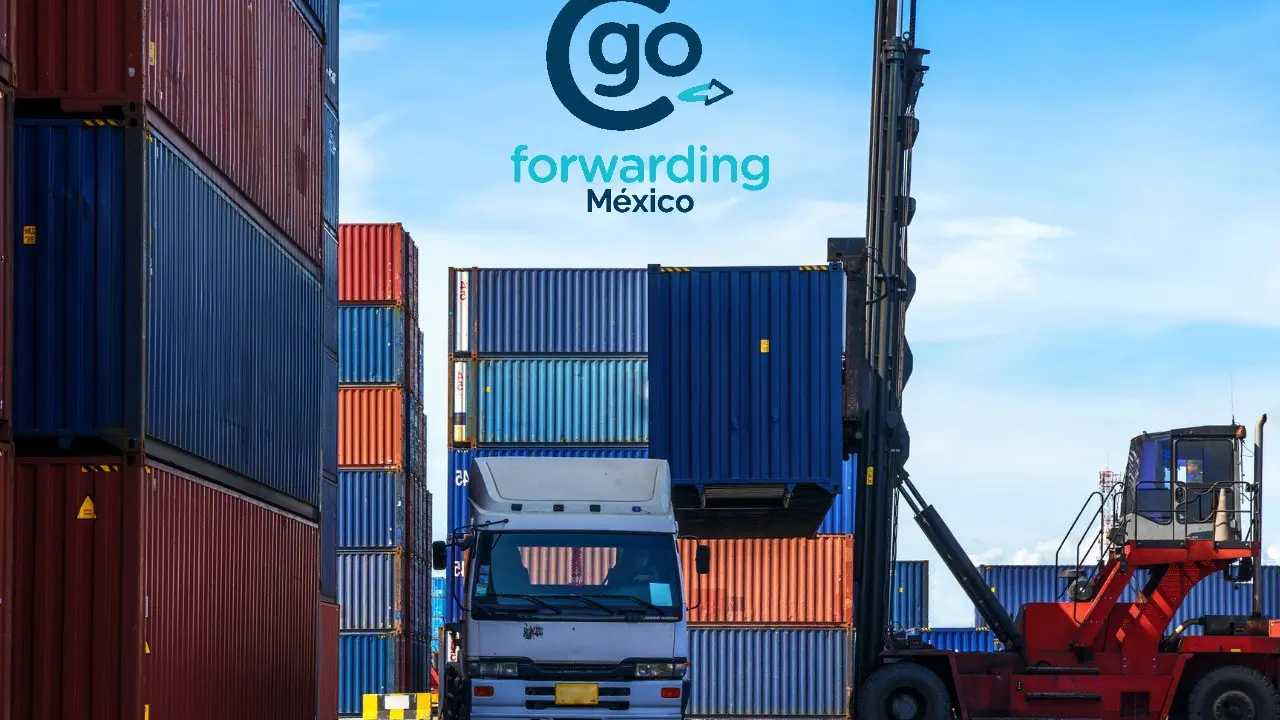The Best Payment Options for Cross-Border E-commerce in SEA & Mexico
Sample meta description.

Understanding the E-commerce Landscape in Southeast Asia (SEA) and Mexico: A Payment Gateway Overview
So, you're diving into the exciting world of cross-border e-commerce in Southeast Asia and Mexico? Awesome! But before you start picturing those sweet, sweet profits, let's talk about something crucial: getting paid. These regions are vibrant and full of potential, but they also have unique payment preferences you need to understand. Forget relying solely on credit cards; think digital wallets, local bank transfers, and even cash payments! This section will give you the lay of the land, highlighting key differences and similarities between SEA and Mexico when it comes to online payments.
Why Localized Payment Solutions are Key to E-commerce Success in SEA & Mexico: Payment Optimization Strategies
Why can't you just use PayPal everywhere? Good question! While global payment gateways have their place, truly succeeding in SEA and Mexico means embracing localized solutions. Think about it: Would you rather shop on a site that uses your preferred payment method, in your language, with familiar security measures, or one that feels foreign and clunky? Localized payment options build trust, reduce cart abandonment, and ultimately, boost your sales. We'll delve into the benefits of offering a diverse range of payment methods tailored to each region.
Top Payment Methods in Southeast Asia: Digital Wallets, Bank Transfers, and More
Alright, let's get specific. Southeast Asia is a diverse region, and payment preferences vary widely from country to country. Here's a breakdown of some of the most popular options:
- Digital Wallets: Think GrabPay (Singapore, Malaysia, Philippines), GoPay (Indonesia), Touch 'n Go eWallet (Malaysia), and GCash (Philippines). These are HUGE. Everyone uses them for everything from buying coffee to paying bills. Integration is a must.
- Bank Transfers: Direct bank transfers are still incredibly popular, especially in Indonesia and Thailand. Setting up virtual accounts can streamline this process.
- Cash on Delivery (COD): Believe it or not, COD is still a thing in some parts of SEA, particularly in the Philippines and Indonesia. While it comes with logistical challenges, it can be a way to reach customers who are hesitant to use online payment methods.
- Credit/Debit Cards: Visa and Mastercard are widely accepted, but don't be surprised if they're not the primary choice for many shoppers.
Popular Payment Gateways in Mexico: OXXO, Mercado Pago, and Credit Card Processing
Mexico's payment landscape is a little different. Here's what you need to know:
- OXXO: This is a game-changer. OXXO is a convenience store chain that allows customers to pay for online purchases with cash. You generate a barcode, they take it to an OXXO store, pay in cash, and BOOM! Your order is paid.
- Mercado Pago: Think of it as the Latin American version of PayPal. It's widely used and trusted, and it offers a variety of payment options, including credit cards, debit cards, and bank transfers.
- Credit/Debit Cards: Credit cards are more commonly used in Mexico than in some parts of SEA, but it's still important to offer alternatives.
Recommended Payment Solutions: Product Reviews and Pricing for Cross-Border E-commerce
Okay, let's talk specifics! Here are a few payment solutions to consider, along with their pros, cons, pricing, and ideal use cases:
Stripe: A Global Payment Processing Powerhouse for International E-commerce
What it is: Stripe is a global payment processing platform that allows you to accept payments from customers all over the world. It's known for its developer-friendly API and robust features.
Pros:
- Wide range of payment methods supported (including credit cards, debit cards, and some digital wallets).
- Developer-friendly API makes integration relatively easy.
- Strong fraud protection.
- Good reporting and analytics.
Cons:
- Can be more expensive than some other options, especially for high-volume transactions.
- May require more technical expertise to set up and manage.
- Not all local payment methods in SEA and Mexico are supported natively.
Pricing: Stripe's pricing varies depending on the country and payment method. Generally, you can expect to pay around 2.9% + $0.30 per transaction for credit card payments in the US. International transactions may incur additional fees.
Use Case: Stripe is a good option for businesses that need a flexible and powerful payment processing platform and are comfortable with some technical complexity. It's particularly well-suited for businesses that want to accept credit cards and debit cards from customers around the world.
Payoneer: Streamlining Global Payments for E-commerce Businesses
What it is: Payoneer is a payment platform that specializes in cross-border payments. It allows you to receive payments from marketplaces and clients around the world and then withdraw those funds to your bank account or Payoneer card.
Pros:
- Easy to receive payments from marketplaces like Amazon and Lazada.
- Supports multiple currencies.
- Relatively low fees for international transfers.
- Payoneer card allows you to spend your funds directly.
Cons:
- Not a direct payment gateway; you can't use it to accept payments directly from customers on your website.
- Fees can vary depending on the currency and payment method.
- Customer support can be slow at times.
Pricing: Payoneer's pricing varies depending on the currency and payment method. Generally, you can expect to pay around 1% - 3% for receiving payments. Withdrawing funds to your bank account may incur additional fees.
Use Case: Payoneer is a good option for businesses that sell on online marketplaces or work with international clients. It makes it easy to receive payments and manage your funds in multiple currencies.
2Checkout (Verifone): A Comprehensive E-commerce Payment Solution
What it is: 2Checkout (now part of Verifone) is a global payment gateway that supports a wide range of payment methods and currencies. It's designed to help businesses expand internationally.
Pros:
- Supports a wide range of payment methods, including credit cards, debit cards, PayPal, and local payment options.
- Offers fraud protection and risk management tools.
- Provides localized checkout experiences.
- Integrates with many e-commerce platforms.
Cons:
- Can be more expensive than some other options.
- Customer support can be inconsistent.
- May require some technical expertise to set up and manage.
Pricing: 2Checkout's pricing varies depending on the plan and payment method. Generally, you can expect to pay around 3.5% + $0.35 per transaction for credit card payments. International transactions may incur additional fees.
Use Case: 2Checkout is a good option for businesses that need a comprehensive payment gateway that supports a wide range of payment methods and currencies. It's particularly well-suited for businesses that are expanding internationally.
Xendit: Southeast Asia Payment Gateway Specialization
What it is: Xendit is a payment gateway specifically focused on Southeast Asia. They offer integrations with popular local payment methods like GoPay, OVO, Dana (Indonesia), GCash, PayMaya (Philippines), and more.
Pros:
- Strong focus on SEA payment methods.
- Good support for local languages and currencies.
- Relatively easy integration.
Cons:
- Limited availability outside of Southeast Asia.
- May not be as well-known as some other global payment gateways.
- Features might be less comprehensive than larger platforms.
Pricing: Varies depending on the country and payment method. Contact Xendit directly for specific pricing information.
Use Case: Perfect for businesses laser-focused on the Southeast Asian market and needing those crucial local payment options.
Mercado Pago: Latin America's Payment Giant for E-commerce Transactions
What it is: The leading payment platform in Latin America, offering a wide range of solutions, including credit card processing, digital wallets, and cash payments (like OXXO in Mexico).
Pros:
- Dominant player in Latin America.
- High brand recognition and trust.
- Supports OXXO payments in Mexico.
- Offers installment payment options.
Cons:
- Limited availability outside of Latin America.
- Can be more expensive than some other options.
- Integration can be complex.
Pricing: Varies depending on the country and payment method. Contact Mercado Pago directly for specific pricing information.
Use Case: A must-have for businesses targeting the Latin American market, especially Mexico, needing to accept local payment methods like OXXO and offer installment payment options.
Comparing Payment Solutions: Choosing the Right Fit for Your E-commerce Business
So, which payment solution is right for you? It depends on your specific needs and target market. Here's a quick comparison:
- For global reach with credit card focus: Stripe or 2Checkout.
- For receiving marketplace payments: Payoneer.
- For Southeast Asia focus: Xendit.
- For Latin America focus: Mercado Pago.
Consider your target market, the payment methods your customers prefer, your budget, and your technical capabilities when making your decision. Don't be afraid to test different solutions to see what works best for your business!
Payment Security Considerations: Protecting Your Business and Customers from Fraud
Payment security is paramount. You need to protect your business and your customers from fraud. Here are a few things to keep in mind:
- Use a PCI DSS compliant payment gateway: This ensures that your payment gateway meets industry standards for security.
- Implement fraud detection tools: Many payment gateways offer fraud detection tools that can help you identify and prevent fraudulent transactions.
- Use SSL encryption: This encrypts the data that is transmitted between your website and your customers' computers.
- Educate your customers about payment security: Let them know how they can protect themselves from fraud.
Optimizing the Checkout Experience: Reducing Cart Abandonment and Boosting Conversions
A smooth and seamless checkout experience is crucial for reducing cart abandonment and boosting conversions. Here are a few tips:
- Offer multiple payment options: Give your customers a choice of payment methods.
- Make the checkout process easy and intuitive: Don't make your customers jump through hoops to complete their purchase.
- Be transparent about shipping costs and taxes: Don't surprise your customers with hidden fees.
- Offer guest checkout: Allow customers to purchase without creating an account.
- Provide excellent customer service: Be responsive to your customers' questions and concerns.
Future Trends in E-commerce Payments: What's Next for SEA & Mexico?
The world of e-commerce payments is constantly evolving. Here are a few trends to watch out for:
- The rise of mobile payments: Mobile payments are becoming increasingly popular, especially in Southeast Asia.
- The growth of alternative payment methods: Alternative payment methods, such as digital wallets and bank transfers, are gaining traction.
- The increasing importance of payment security: Payment security is becoming more important than ever.
- The personalization of payment experiences: Businesses are starting to personalize payment experiences to meet the needs of individual customers.
By staying on top of these trends, you can ensure that your business is well-positioned for success in the ever-changing world of e-commerce payments.
:max_bytes(150000):strip_icc()/277019-baked-pork-chops-with-cream-of-mushroom-soup-DDMFS-beauty-4x3-BG-7505-5762b731cf30447d9cbbbbbf387beafa.jpg)






